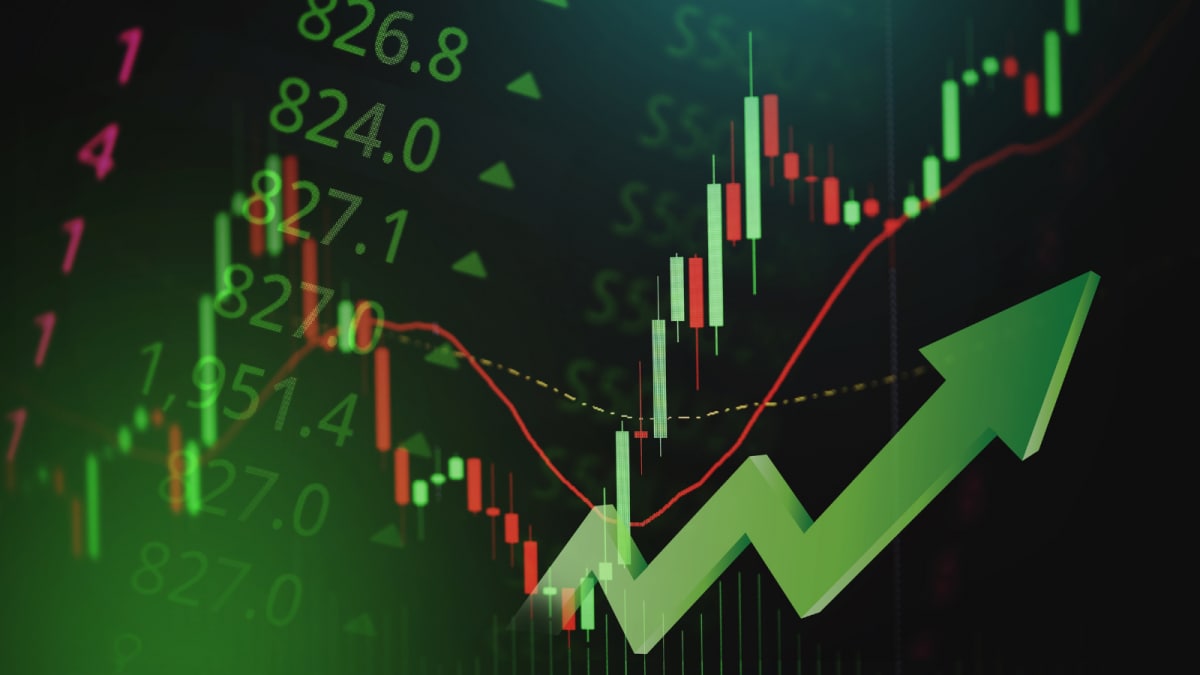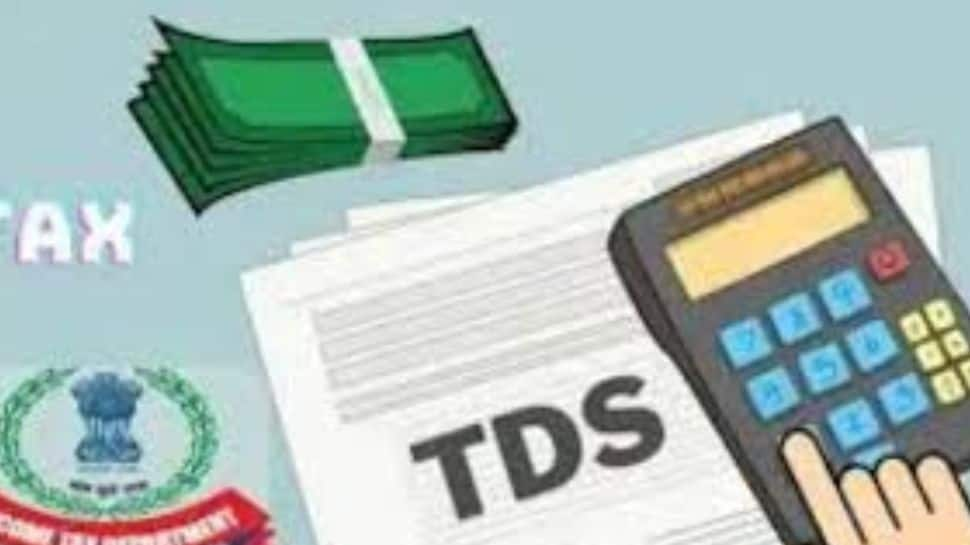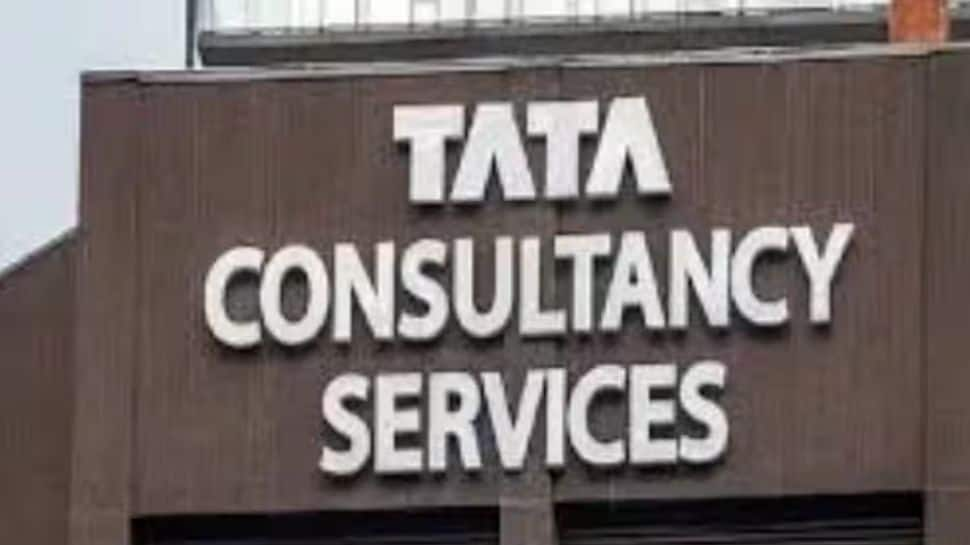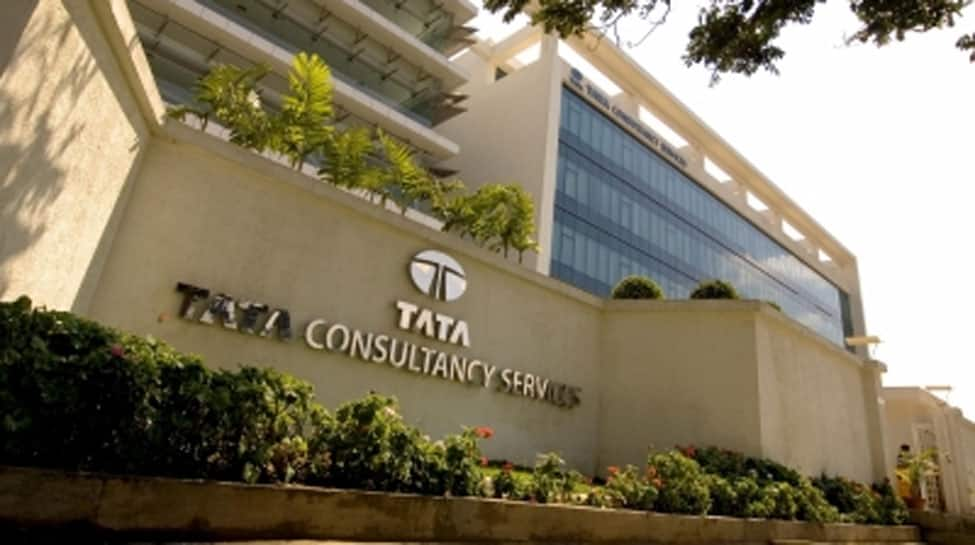Business
Big revival of campus hiring! Infosys invites senior employees on panels for interviews in colleges; details here – The Times of India

Infosys, India’s second largest IT services firm, is gearing up to recruit employees through campus hiring. Infosys has asked its senior staff members to participate in panel interviews at universities for recruitment purposes, marking a revival in campus hiring after two years.Major IT companies, including Tata Consultancy Services, Infosys and Wipro, had reduced both campus and lateral recruitment since Covid due to business deceleration. Infosys reported a significant reduction in fresher recruitment, hiring only 11,900 in FY24, down from 50,000 in the previous year.In FY25, the figure increased to 15,000, with the Bengaluru-based IT firm maintaining its fresher recruitment target of 15,000-20,000 through combined off and on-campus initiatives for the fiscal year ending March 2026.
Infosys campus hiring
These staff members will travel to educational institutions nationwide to recruit digital specialist engineers (DSE), sources familiar with the matter informed ET.For the first time, Infosys has sent a mass email communication to employees at managerial levels and above. According to the email quoted in the report, the Infosys representatives will evaluate candidates’ fundamental programming abilities and problem-solving capabilities required for entry-level DSE positions.Employees at job-level five (JL5) or higher positions who have served the company for at least one year and achieved a minimum performance rating of ‘met expectations’ are eligible to volunteer for these interview panels. The selected panellists will conduct face-to-face interviews at various campuses for positions across the company’s development centres in India.

Freshers hiring in IT sector
According to a source, the emails to senior staff indicated Infosys’s commitment to interviewing numerous students during the upcoming campus recruitment period, scheduled between October and November end. The organisation had previously conducted virtual interviews during the Covid pandemic.The fresh graduate recruitment follows Infosys’s decision to terminate approximately 800 trainees from the 2022 cohort since February, due to their inability to pass internal evaluations.As a component of the current campus recruitment strategy, Infosys plans to organise on-site evaluation processes including aptitude assessment, group interaction, technical interview, managerial discussion and HR consultation. The initial four stages will be conducted at various tier-2 and -3 engineering institutions. Students from diverse disciplines including electrical, electronics, telecom, computer science, information technology, civil and mechanical will participate in this process.“In reputed colleges, we will get up to 1,000 students from all branches. We interview students in the seventh semester as those found fit will have to head for training at the global education centre at Mysuru campus after the eighth semester,” a person familiar with the process was quoted as saying.These positions are designated for freshers who join as trainees. Their permanent employment status depends on successfully finishing the training programme at Mysuru.In June, Infosys implemented an incentive scheme for senior staff members, providing monetary benefits for conducting lateral recruitment interviews.
TCS has campus hiring plans too
Despite TCS announcing layoffs of over 2% (approximately 12,000) at senior and mid-level positions, the Tata Group enterprise and three other leading IT companies collectively aim to recruit more than 70,000 graduates in FY26, suggesting improved employment prospects for new graduates, the ET report said.Campus recruitment continues whilst the $283 billion IT outsourcing sector experiences AI-driven transformation. Organisations are prioritising AI-native and specialised competencies for new appointments whilst focusing on reskilling and upskilling their current workforce.
Business
Britons embrace AI and splurge on Skims in 2025, bank data shows

Britons leaned into the artificial intelligence (AI) boom in 2025, embraced Kim Kardashian’s shapewear brand Skims, and kept second-hand shopping prospering, new data shows.
Yearly spending data from digital bank Monzo sheds light on the shopping trends of its more than 14 million customers.
It highlights a concerted shift towards AI this year with spending on platforms like OpenAI more than doubling from £8 million in 2024 to £19 million in 2025.
Spending per person surged by 85% compared with the previous year.
OpenAI owns AI chatbot ChatGPT, which offers paid-for plans for people and businesses who want access to more advanced technology.
The service was launched three years ago and helped spark global interest in using generative AI technology for day-to-day tasks.
Elsewhere, Monzo’s data revealed that the second-hand shopping boom showed no signs of slowing down this year.
Its customers spent £210 million on resale platforms like Vinted and Depop over 2025, 13% more than 2024, as shoppers continued to track down deals on items like clothing and homeware.
But that did not stop people from shopping new at fast-growing brands like Skims, where spending reached over £1.8 million during the year.
The bank recorded a spike in May, double that of April, coinciding with the launch of a bra with a built-in nipple piercing design, helping drive sales for the shapewear label.
Kardashian’s kin Kylie Jenner also swept up £55,000 from Monzo customers spending on her beauty brand Kylie Cosmetics during 2025, while fellow US star Hailey Bieber’s beauty brand Rhode raked in £736,000.
When it comes to grocery spending, Tesco claimed the top spot with customers spending around £1.7 billion at the UK’s biggest supermarket.
This was nearly double the £930 million that shoppers spent at the number two supermarket, Sainsbury’s.
The data also revealed travel trends with customers spending £10 million on bike rental firm Lime between June and September.
And Londoners embraced Halloween with the day seeing one of the biggest spikes for Transport for London in 2025.
AJ Coyne, vice president for marketing at Monzo, said: “This was a year of cultural moments defining people’s spending habits.
“Whether they were shopping for viral must-have products, embracing ‘90s Britpop nostalgia or living life on two wheels, we’ve seen every trend unfold in real time in the Monzo app.”
The decade-old bank, which is the seventh largest in the UK by customer numbers, launches its “Year in Monzo” feature for customers on Monday.
Similar to the popular Spotify Wrapped campaign, it gives customers of the bank insights into their personal spending habits.
Business
CII Lays Out Investment Roadmap For Budget 2026-27

India’s next phase of economic growth will depend on steady and strong investment across public, private, and foreign channels, according to the Confederation of Indian Industry (CII). CII, in a release, laid out a detailed plan for the Union Budget 2026-27, saying that the Budget needs to act as both a stabiliser and a growth driver.
CII Director General Chandrajit Banerjee said the coming Budget must focus on boosting investments to keep India’s growth steady. He explained that public spending has pushed the country’s recovery after the pandemic, and that continued support in this area will help India stay on track as one of the fastest-growing major economies.
CII has suggested raising central capital expenditure by 12 per cent and increasing support to states by 10 per cent in FY27. These funds, it said, should go mainly to areas where spending creates the highest impact, such as transport, energy, logistics, and the green transition. CII also recommended creating a Capital Expenditure Efficiency Framework to help select and track important projects and measure their outcomes more clearly. Along with this, it proposed launching a new Rs 150 lakh crore National Infrastructure Pipeline for 2026-32 to give long-term clarity to investors and states.
The release also noted that India needs a more flexible fiscal policy. CII suggested shifting from strict annual deficit rules to a debt framework that adjusts with economic cycles. This, it said, would help the government respond better during shocks without losing long-term stability.
On private investment, CII highlighted that India now needs strong momentum from businesses to support growth. “The Government of India has provided a big demand push via income tax relief in last year’s Union Budget and recently via GST 2.0. Investments, especially private sector investment, will be the next big driver for economic growth that needs to be focused on in the next fiscal to continue the growth momentum,” Banerjee said.
CII recommended tax credits or easier compliance for companies that increase investments or production, along with returning accelerated depreciation to help firms, especially MSMEs, modernise.
To attract long-term global capital, CII proposed creating an NRI Investment Promotion Fund with partial government holding. This fund would help channel NRI and foreign institutional money into areas like infrastructure and AI. It also suggested strengthening the National Investment and Infrastructure Fund through a new Sovereign Investment Strategy Council to guide investments.
CII further called for simpler external borrowing rules and a single-window system for large foreign investment proposals to reduce delays and increase certainty. It also suggested forming an India Global Economic Forum to allow structured discussions between global investors and government leaders.
“An investment-driven growth strategy, anchored in fiscal credibility and institutional reforms, will define India’s next development phase,” Banerjee said.
Business
Can Indians Switch To A 4-Day Work Week? Here’s What Govt Says

New Delhi: For decades, the five-day work week has been the norm for most Indian employees. However, with rising conversations around work–life balance and productivity, many are now wondering if a four-day work week could become a reality in India. Several countries such as Japan, Germany and Spain have already experimented with shorter work schedules and reported encouraging outcomes. Interestingly, recent changes and discussions around India’s labour laws indicate that a four-day work week may be possible for certain sections of the workforce.
What the Labour Ministry Has Said on 4-Day Work Week
The Ministry of Labour and Employment recently clarified on X (formerly Twitter) that a four-day work week is possible under the new Labour Codes. According to the Ministry, employees can work for 12 hours a day for four days, while the remaining three days will be paid holidays. However, the total weekly working hours will still be capped at 48 hours, and any work beyond 12 hours in a day will have to be paid at double the normal wage rate.
Flexible Work Schedule Allowed Under New Labour Codes
The Labour Ministry has said that the revised Labour Codes allow employees to work 12 hours a day for four days, while the remaining three days can be taken as paid holidays, making a four-day work week possible under the new rules.
Weekly Work Hours Cap Remains Unchanged
The Labour Ministry clarified that the total working hours in a week will still be capped at 48 hours, even under a four-day work schedule. It also noted that the 12-hour workday includes breaks and spread-out time, ensuring employees are not working continuously for the entire duration.
What’s New Under India’s Updated Labour Laws
On November 21, 2025, the government consolidated 29 existing labour laws into four new labour codes—the Code on Wages (2019), Industrial Relations Code (2020), Social Security Code (2020), and the Occupational Safety, Health and Working Conditions Code (2020). The move aims to simplify labour regulations while ensuring timely payment of wages, regulated working hours, better workplace safety and wider access to health and social security benefits.
A major change under the new codes is for fixed-term employees. They are now entitled to the same benefits as permanent workers, including leave, health coverage and social security. Notably, fixed-term workers can claim gratuity after just one year of continuous service, instead of the earlier five-year requirement, and must be paid wages equal to permanent employees doing similar work.
-

 Politics7 days ago
Politics7 days agoThailand launches air strikes against Cambodian military: army
-

 Fashion7 days ago
Fashion7 days agoGermany’s LuxExperience appoints Francis Belin as new CEO of Mytheresa
-

 Politics7 days ago
Politics7 days agoZelenskiy says Ukraine’s peace talks with US constructive but not easy
-

 Politics1 week ago
Politics1 week ago17 found dead in migrant vessel off Crete: coastguard
-

 Business4 days ago
Business4 days agoRivian turns to AI, autonomy to woo investors as EV sales stall
-

 Politics4 days ago
Politics4 days agoTrump launches gold card programme for expedited visas with a $1m price tag
-

 Tech5 days ago
Tech5 days agoJennifer Lewis ScD ’91: “Can we make tissues that are made from you, for you?”
-

 Sports1 week ago
Sports1 week agoSources: Baylor set to hire McNamee as Bears’ AD











